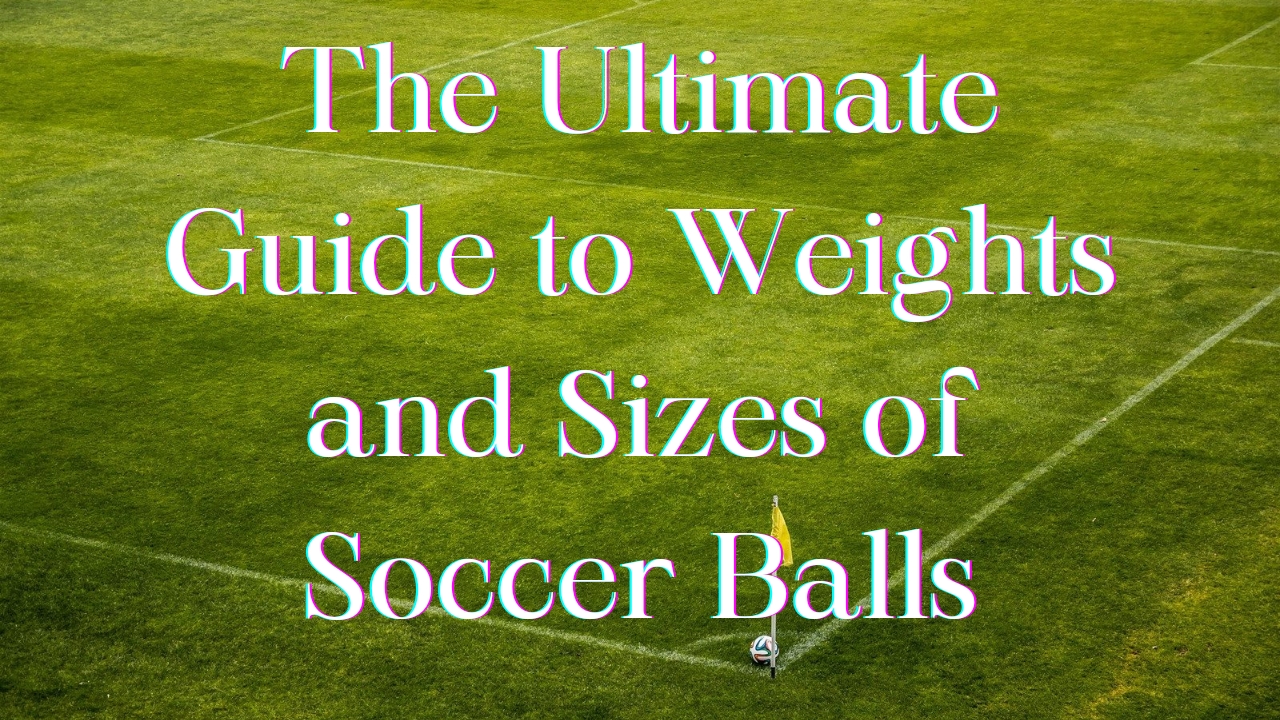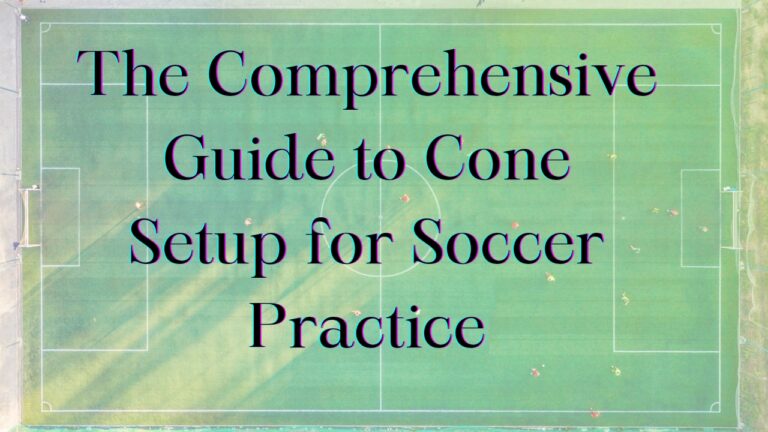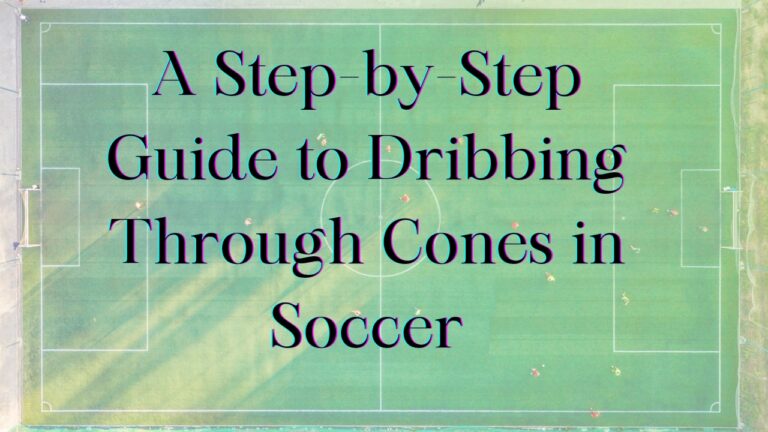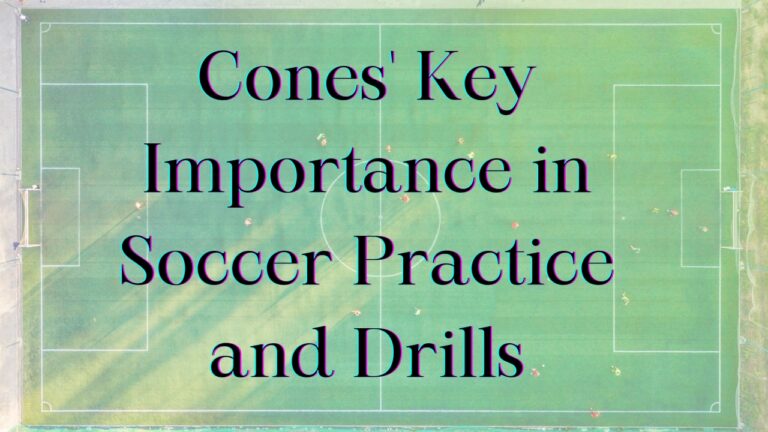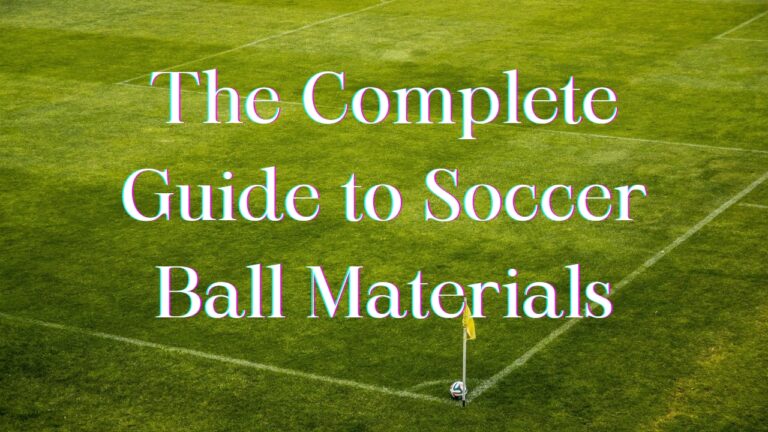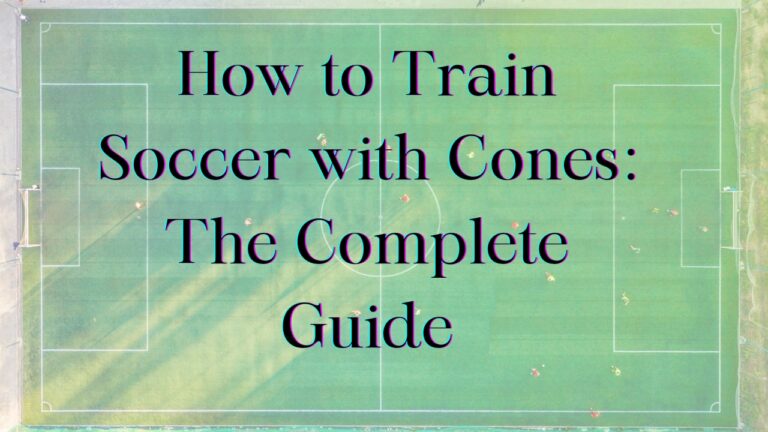The soccer ball has come a long way from the inflated animal bladders used in medieval games to the technologically advanced balls used in today’s World Cup matches. Early soccer balls were messy and unpredictable! Luckily, innovations in materials and design have given us the regulation-size soccer balls we know and love today.
Whether you’re a soccer newbie gearing up for your first season or a lifelong player, you’ve probably wondered about standard soccer ball sizes and weight regulations. In this complete guide, we’ll cover everything you need to know about sizing and weight requirements for regulation soccer balls used in professional matches, college games, high school competitions, youth leagues, and recreational play. Let’s kick things off!
Official Soccer Ball Sizes
Size 5: This is the standard size used for all professional matches and most adult recreational play. Size 5 balls have a circumference between 27-28 inches and weigh between 14-16 ounces when properly inflated. The size allows for easier control and movement for adult players with larger feet. Size 5 soccer balls are constructed from leather or synthetic leather.
Size 4: Size 4 soccer balls measure between 25-26 inches in circumference and weigh between 12-13 ounces when properly inflated. This smaller size is ideal for younger players between the ages of 8-12. The size 4 ball is easier to dribble, pass, and shoot for players with smaller feet. Size 4 soccer balls are constructed from synthetic leather or rubber.
Size 3: This smallest size ball measures between 23-24 inches in circumference and weighs between 10-12 ounces. Size 3 balls are intended for very young children just learning the game, usually ages 5 and under. The lightweight and small size allows beginning players to easily kick the ball and develop foot-eye coordination. Size 3 balls are typically made from synthetic leather or rubber with double stitching for durability.
All regulation balls, regardless of size, must be spherical and inflated to the recommended air pressure range indicated on the ball. Ball pressure affects the weight, bounce, and performance of any soccer ball.
Soccer Ball Size Regulations
FIFA Regulations: For all professional matches sanctioned by FIFA, including the World Cup, a size 5 ball must be used. FIFA regulations state that the ball must be spherical and made of leather or other suitable material. It must have a circumference of 27-28 inches and weigh between 14-16 ounces.
High School and College Regulations: The National Federation of State High School Associations and NCAA mandate the use of a size 5 ball for all high school and college soccer matches. Only leather or synthetic leather materials are permitted. The ball must be properly inflated per the manufacturer’s recommendation, typically 8-15 psi.
Youth League Regulations: Youth leagues usually follow age-based size guidelines:
- Ages 8-12 – Size 4 ball
- Ages 5-8 – Size 3 ball
- Ages 5 and under – Size 3 ball or junior size ball
The U.S. Soccer Foundation recommends:
- Ages 3-8 – Size 3 ball
- Ages 8-12 – Size 4 ball
- Ages 13 and up – Size 5 ball
Check with your local league for specific youth soccer ball size requirements. The key is choosing the right size ball for players’ feet, skill level, and strength to allow for proper development.
Weight of a Soccer Ball
Regulation size 5 balls typically weigh between 14-16 ounces when fully inflated. The weight can vary slightly based on the materials used in construction:
- Leather balls are on the heavier end, around 15-16 ounces. The leather absorbs moisture, making the ball feel slightly heavier when wet.
- Synthetic leather balls weigh 14-15 ounces on average. They tend to hold consistent weight in different conditions.
- Composite balls with polyurethane coating are the lightest, weighing 14-14.5 ounces.
Heavier balls like leather tend to play better in dry conditions. The extra weight allows for more accurate shots and passes. In wet weather, a composite or synthetic ball may be preferable since leather balls get even heavier when soaked.
Lighter balls are easier for younger players to kick and control. Size 3 balls for small children weigh just 10-12 ounces. But for older players, a ball under 14 ounces would be too light for power and accuracy.
High school, college, and professional players are best served by a size 5 ball between 14-16 ounces. The weight is balanced enough for playmaking yet doesn’t fatigue the player as quickly as a lighter ball. Testing different ball weights can help find the ideal fit for your playing style and conditions.
Factors that Impact Ball Size and Weight
Age and Skill Level: Younger players under age 8 require smaller, lighter balls that are easier to kick, dribble, and control. Older, more skilled players are best served by a regulation weight size 5 ball to allow for accurate passes, shots on goal, and ball movement.
Match Type: Professional and competitive matches mandate the use of an official size 5 ball weighing 14-16 ounces. Recreational games can be more flexible based on the players’ ages and abilities.
Ball Materials: Leather balls are the heaviest once inflated, followed by synthetic leather and composite materials. Lightweight foam balls can be used for indoor play or practice drills.
Weather Conditions: Leather balls absorb moisture, making them feel quite heavy when wet. In rainy or damp conditions, a synthetic or composite ball may be preferable to maintain a consistent weight throughout the match. Slight underinflation can reduce the weight of a waterlogged ball.
High Altitude: At higher altitudes where air density is reduced, a slightly underinflated ball may help maintain an ideal weight for play.
In general, stick with the lightest ball possible for young novices, progressing to a regulation weight size 5 ball for adult matches and competitive high school, college, and professional games. Ball material and inflation can fine-tune the weight for optimal performance.
Read More: The 5 Main Types of Soccer Balls You Need To Know
Size 5 Soccer Balls
Dimensions and Weight Ranges:
- Circumference: 27-28 inches
- Weight: 14-16 ounces when properly inflated
Pros and Cons of Different Materials:
Leather:
Pros: Excellent touch and feel, durable, maintains shape
Cons: Expensive, absorbs moisture, and gets heavier
Synthetic Leather:
Pros: Mimics feel of real leather, consistent weight, durable
Cons: Less “softness” than real leather, not as moisture-resistant
Thermoplastic Polyurethane (TPU):
Pros: Extremely durable, maintains consistent weight, all-weather
Cons: Can feel “synthetic” compared to leather balls
When Size 5 Balls are Required:
- All professional matches including the World Cup
- International matches between national teams
- Top leagues like the Premier League, La Liga, etc.
- Men’s and women’s college competition
- High school varsity and junior varsity games
- Most adult recreational leagues and tournaments
- Youth competitions for players 13+ years old
The size 5 is considered the “standard” soccer ball for older, experienced players due to its weight, feel, and responsiveness. While not required, recreational adults and youth over age 13 often prefer the play and performance of an official size 5 soccer ball.
Size 4 Soccer Balls
Dimensions and Weight Ranges:
- Circumference: 25-26 inches
- Weight: 12-13 ounces when properly inflated
Pros and Cons of Different Materials:
Synthetic Leather:
Pros: Durable, maintains shape and air pressure well
Cons: Not as soft feel as leather
Rubber:
Pros: Excellent durability, maintains air pressure, all-weather use
Cons: Harder feel than leather or synthetic leather
Two-Ply Leather:
Pros: Good durability, softer feel than synthetic balls
Cons: Leather absorbs water and gets heavier when wet
When Size 4 Balls are Appropriate:
- Youth soccer for ages 8-12 years old
- Children’s rec leagues and junior clubs
- Youth tournaments and championship play for U8 to U12
- Practice sessions for players with smaller feet
- Futsal, an indoor version of soccer played with a size 4 ball
The lighter weight and smaller dimensions make controlling the ball much easier for young players. The size 4 ball transitions children into the full adult-size ball as their feet grow larger and leg strength increases with age. Many pro players start developing their skills with a size 4 ball at a young age.
Size 3 Soccer Balls
Dimensions and Weight Ranges:
- Circumference: 23-24 inches
- Weight: 10-12 ounces when properly inflated
Pros and Cons of Different Materials:
Foam:
Pros: Extremely lightweight, soft feel for kicking
Cons: Durability issues, doesn’t mimic a real soccer ball
Rubber:
Pros: Durable, maintains air pressure well
Cons: Hard feel that plays very fast off the foot
Synthetic Leather:
Pros: Decent durability, slightly softer feel than rubber
Cons: Still fast off the foot, not as soft as high-end leather
When Size 3 Balls are Appropriate:
- Instructional programs for kids 5 and under
- Indoor soccer for very young kids
- Pre-school and kindergarten PE classes
- Youth camps for ages 3-5
- Training balls for older kids/teens to practice juggling and control
The lightweight size 3 ball allows beginning kids to develop coordination and ball control skills without struggling with a ball that’s too heavy or large for their small feet and legs. The soft materials reduce impact when kicking as their form develops.
Conclusion
The size and weight of a soccer ball significantly impact how the game is played. While regulation standards exist for professional matches, there is flexibility when it comes to ball specifications for youth and recreational play.
Choosing the proper ball size and weight based on factors like player age, skill level, foot size, and match conditions is key to allowing players to develop their skills with a ball that matches their abilities.
With so many advancements in ball technology and materials, today’s soccer balls cater to players of all levels – from toddlers just learning the game to pros competing on the global stage. The right soccer ball can improve performance and enhance enjoyment for players.
Related Post: The Complete Guide to Soccer Ball Materials
Author

